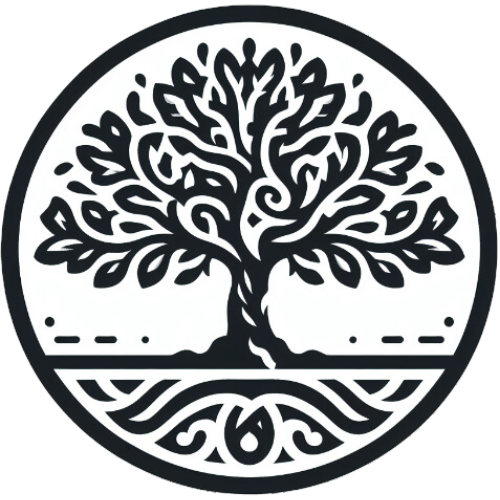Tantra is often misunderstood in the Western world, where it is frequently associated with sexual practices. However, true Tantra is a profound spiritual tradition that aims for enlightenment through various meditative and yogic practices. Rooted in ancient scriptures, Tantra integrates body, mind, and spirit, promoting a holistic approach to spiritual growth.
The Philosophy of Tantra
Tantra’s philosophy revolves around the concept of non-dualism, which posits that the material and spiritual worlds are not separate but interconnected. This view contrasts with the dualistic approach of other spiritual traditions, which often see the material world as an obstacle to spiritual growth.
Central to Tantric philosophy is the idea that the body is a microcosm of the universe. Therefore, by understanding and mastering one’s own body and mind, a practitioner can achieve a greater understanding of the cosmos. This holistic approach is reflected in the practices and rituals of Tantra, which aim to harmonize the physical, mental, and spiritual aspects of the self.
Tantra Meditation
Tantric meditation is an essential practice aimed at realizing the unity of the individual with the universal consciousness. This practice involves various techniques, including:
- Mantra Recitation: Using sacred sounds or phrases (mantras) to focus the mind and invoke spiritual energies. There are three types of mantra recitation: mental (mānasa), whispered (upāmshu), and voiced (vācika).
- Visualization: Imagining deities or divine symbols to cultivate specific spiritual qualities and deepen the connection with the divine.
- Breath Control (Prāṇāyāma): Techniques to regulate the breath, which in turn helps control the mind and pranic energy in the body. This practice can lead to heightened states of consciousness and inner peace.
- Meditative Absorption (Laya-Yoga): Focusing on the dissolution of the self into the transcendental reality, achieving a state of deep meditative absorption (samādhi).
Principles of Tantra Yoga
Tantra Yoga is a dynamic and integrative practice that combines physical postures (āsanas), breath control, meditation, and ritualistic elements. The primary goal is to awaken the dormant spiritual energy (kundalinī) at the base of the spine and guide it through the chakras to the crown of the head, leading to spiritual enlightenment and liberation.
Key principles of Tantra Yoga include:
- Unity of Body and Mind: Emphasizing the interconnectedness of the physical body and the mind, Tantra Yoga uses physical postures to prepare the body for deeper meditative practices.
- Ritual and Discipline: Incorporating ritualistic elements, such as the use of mantras and yantras (sacred geometric designs), to create a sacred space and focus the practitioner’s intention and energy.
- Guru-Disciple Relationship: The guidance of a qualified teacher (guru) is essential in Tantra Yoga, as the practices can be complex and require proper instruction to avoid potential pitfalls and achieve the desired spiritual outcomes.
Recommended Books on Tantra
For readers interested in exploring Tantra further, the following books are highly recommended:
- Tantra: The Path of Ecstasy by Georg Feuerstein – This book provides a comprehensive overview of the philosophy, history, and practices of Tantra, making it an excellent starting point for beginners and advanced practitioners alike.
- Tantra Illuminated: The Philosophy, History, and Practice of a Timeless Tradition by Christopher D. Wallis – A thorough and accessible guide to the profound teachings of Tantra, offering insights into its complex and nuanced practices and philosophy.
- The Serpent Power: The Secrets of Tantric and Shaktic Yoga by Sir John Woodroffe – A classic text that delves into the esoteric aspects of Tantra, particularly the awakening of kundalinī and its significance in Tantric practice.



Leave a Reply